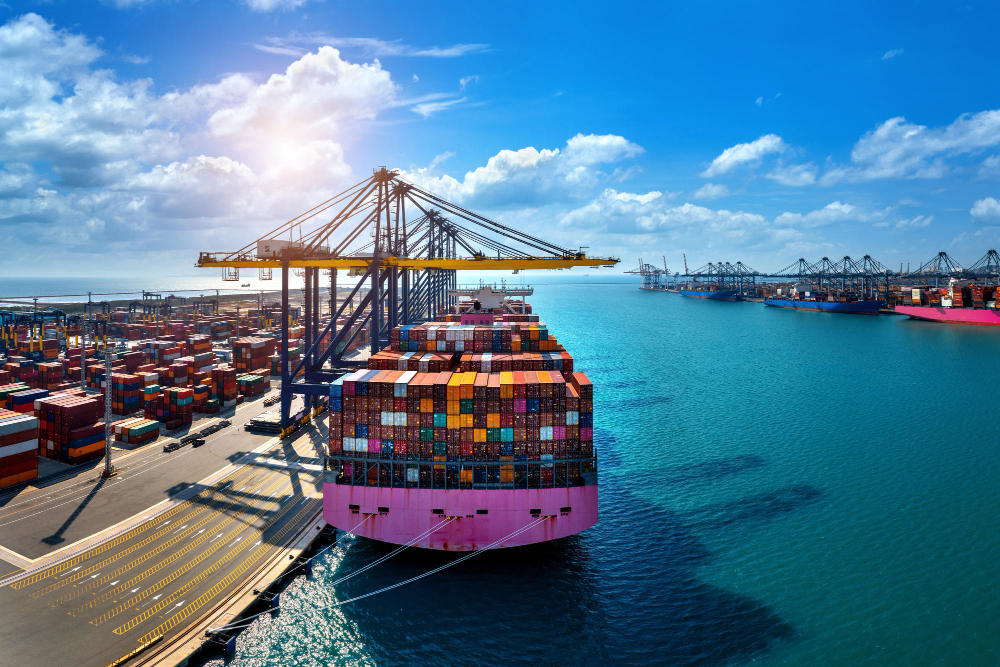May 26, 2023
Driven to a large extent by the decrease of energy prices, the EU trade balance displayed a deficit of just €2 billion in the first quarter of 2023, following deficits of €150 billion in the third quarter of 2022 and €78 billion in the fourth quarter of 2022. These developments follow four quarters of increasing deficits.
Between the fourth quarter of 2021 and the third quarter of 2022, there was a significant increase in extra-EU trade, mainly caused by rising commodity prices, particularly for imports of energy and food, as the Russian invasion of Ukraine put additional upward pressure on these products. However, in the fourth quarter of 2022, exports grew only by 1.5% compared with the previous quarter, while imports fell by 7.7% due to decreasing prices of energy products.
In the first quarter of 2023, both exports (-1.4%) and imports (-11.5%) fell compared with the previous quarter, totalling €656 billion and €658 billion, respectively.
Between the first quarter of 2019 and the third quarter of 2021, the combined surpluses in machinery and vehicles, and chemicals outweighed the deficit for energy. However, rising prices of energy products increased the deficit for energy so much that the overall surplus turned into a deficit. In the last two quarters, declining energy prices allowed the trade deficit to return to almost zero.
According to the data, in the first quarter of 2023, the EU trade balance for food, drinks and tobacco was €16 billion and almost €55 billion for chemicals, the highest values for these product groups between 2019 and the first quarter of 2023.
Although in the first quarter of 2023, the trade balance for machinery and vehicles (€47 billion) was still not close to the high value registered in the first quarter of 2019 (€60 billion), data show that the trade balance for these products almost doubled compared with the second and third quarter of 2022 (€25 billion in each quarter).
In the first three months of 2023, the EU trade balance for energy products was €-114 billion and €-9 billion in raw materials.
Source: Eurostat
Legal Notice: The information in this article is intended for information purposes only. It is not intended for professional information purposes specific to a person or an institution. Every institution has different requirements because of its own circumstances even though they bear a resemblance to each other. Consequently, it is your interest to consult on an expert before taking a decision based on information stated in this article and putting into practice. Neither Karen Audit nor related person or institutions are not responsible for any damages or losses that might occur in consequence of the use of the information in this article by private or formal, real or legal person and institutions.







